Mathura, the birthplace of Lord Krishna, is one of India’s most sacred and spiritual cities. With its ancient temples, vibrant ghats, and deep cultural roots, it attracts pilgrims and tourists all year round. However, the experience of visiting Mathura depends a lot on the time of year. Weather, festivals, and crowd levels can all impact your journey. Let’s explore the best time to visit Mathura and what makes each season special.
When to Visit: Peak season; best months are November to March for comfort and festivals.
Weather: Cool and pleasant, 8°C to 25°C.
Why Visit: Ideal for sightseeing, temple visits, ghat walks, and cultural exploration without weather discomfort. Perfect for experiencing Holi in March and serene Yamuna mornings.
Diwali (Oct/Nov) – Temples glow with diyas and flowers, evening aartis create a magical atmosphere.
Govardhan Puja & Annakut (Next day after Diwali) – Celebrated with large food offerings and processions at Govardhan Hill.
Basant Panchami (Jan/Feb) – Spring’s arrival, devotees wear yellow, and kite flying fills the skies.
Holi (Feb/Mar) – Braj’s famous week-long celebrations including Lathmar Holi in Barsana/Nandgaon, Phoolon ki Holi in Vrindavan, and temple festivities in Mathura.
Summer (April to June) – Off-Season:
When to Visit: – Only if you prefer fewer crowds; best for pilgrims seeking peaceful darshan without long lines.
Weather: – Very hot and dry, 40°C–45°C.
Why Visit: – Temples are less crowded, accommodations are cheaper, and rituals happen as usual without tourist rush.
Narasimha Jayanti (Apr/May) – Commemorates Lord Narasimha’s appearance; celebrated with devotional songs and sermons.
Ganga Dussehra (May/Jun) – Ritual bathing in the Yamuna for purification.
Yamuna Chhath (May/Jun) – Devotees worship Goddess Yamuna with offerings along the ghats.
Monsoon (July to September) – Festive & Green
When to Visit:Ideal for Krishna devotees during July–September when major festivals occur.
Weather: Humid, 25°C–35°C, with lush greenery after rains.
Why Visit:Nature at its best, spiritual energy is high, and the atmosphere is devotional but less touristy compared to winter.
Hariyali Teej (Jul/Aug) – Women wear green and swing celebrations take place in temples.
Jhulan Yatra (Jul/Aug) – Five-day festival where Radha-Krishna idols are placed on ornate swings.
Janmashtami (Aug/Sep) – Grandest celebration; midnight arti, cultural performances, and temple decorations.
Radha Ashtami (Sep) – Celebrates Radha Rani’s birth; Barsana hosts special processions and kirtans.
When to Start Traveling & How
- From Chandigarh or Delhi to Mathura:
- By train: Regular trains like Shatabdi or Intercity Express (~2–3 hrs).
- By road: A 3-4 hour comfortable drive via NH21 and Yamuna Expressway.
- Within Mathura & Vrindavan:
- Use local autos, e-rickshaws, or cycle-rickshaws.
- Walk between ghats and temple complexes, especially in winter or early mornings.
- Timing your itinerary:
- For festivals (Holi/Janmashtami), arrive at least a day before.
- Winter offers cooler sunrise visits—ideal for temple darshan, markets, and ghats.
Plan Govardhan Parikrama or ghat rituals in early mornings or evenings.
Final Recommendation
For the best mix of pleasant weather, rich spiritual experiences, and festival vibrancy:
- Plan a winter trip between October and March, with a special focus on late February to early March for Holi.
- Visit in August/September if you wish to experience spiritually charged Janmashtami under lush monsoon skies.
- Avoid April–June unless you seek a quiet yet best time to visit and can tolerate summer sweats.






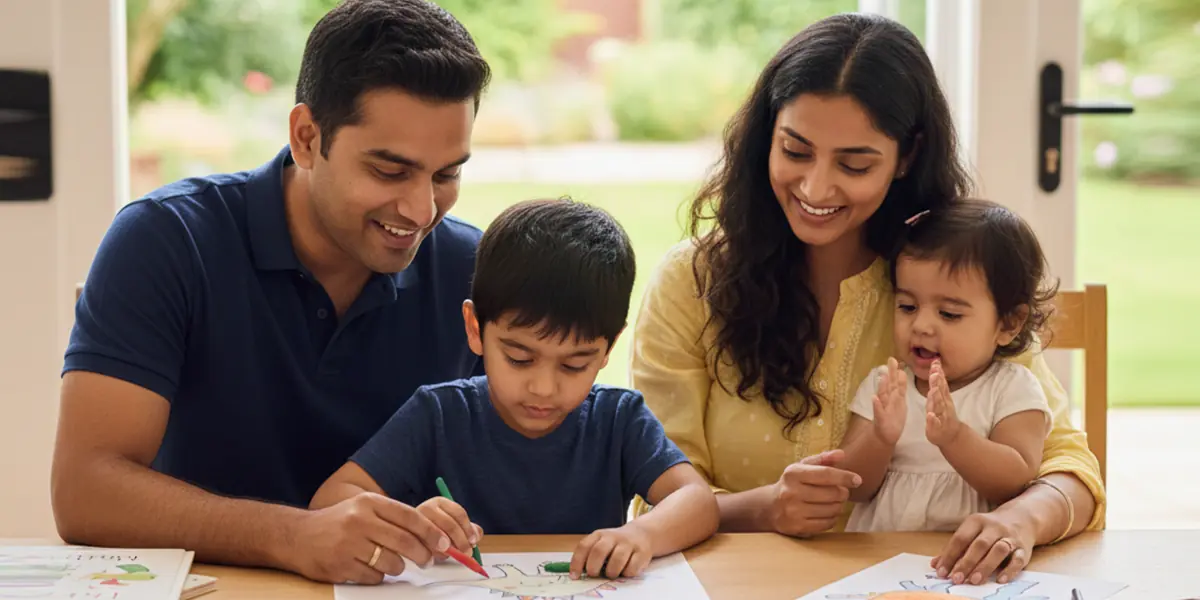





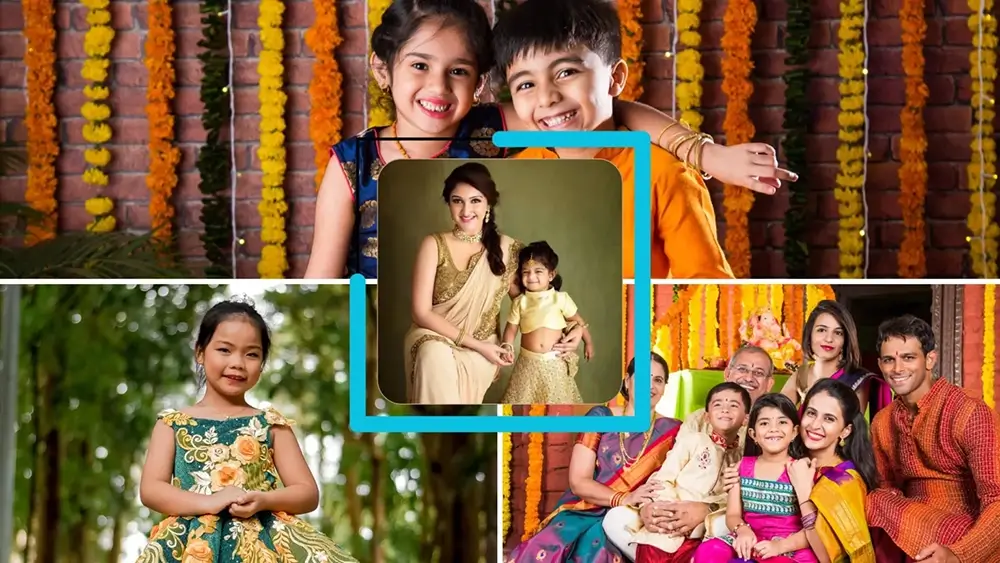



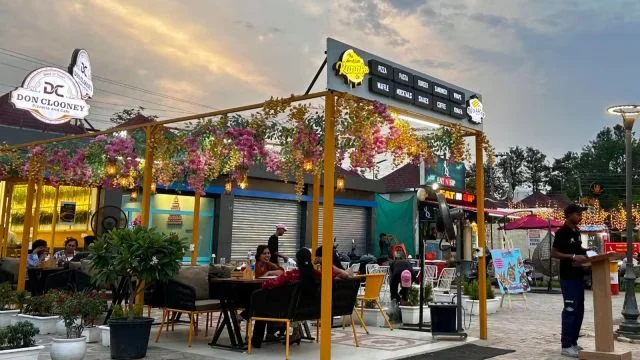
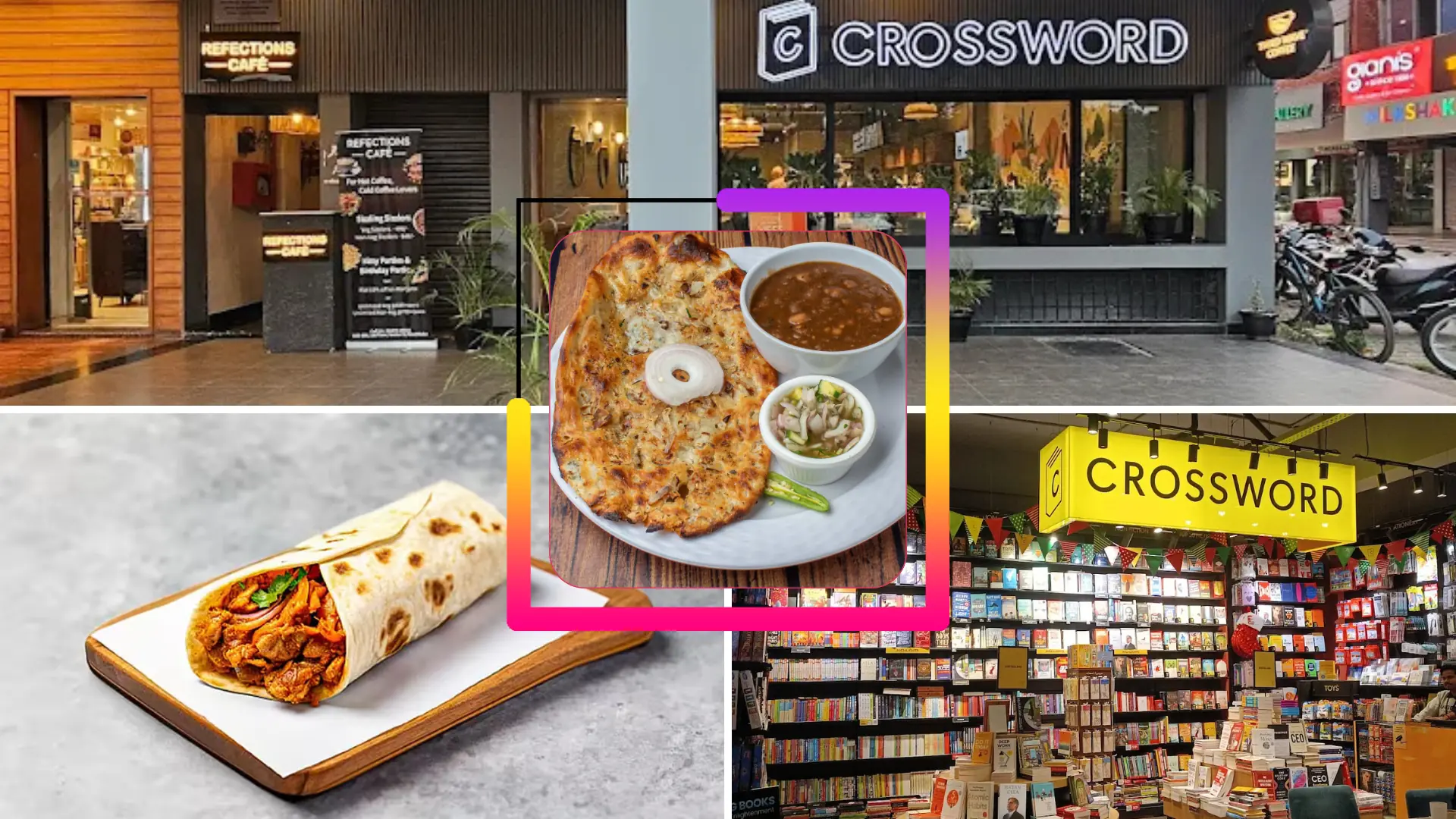
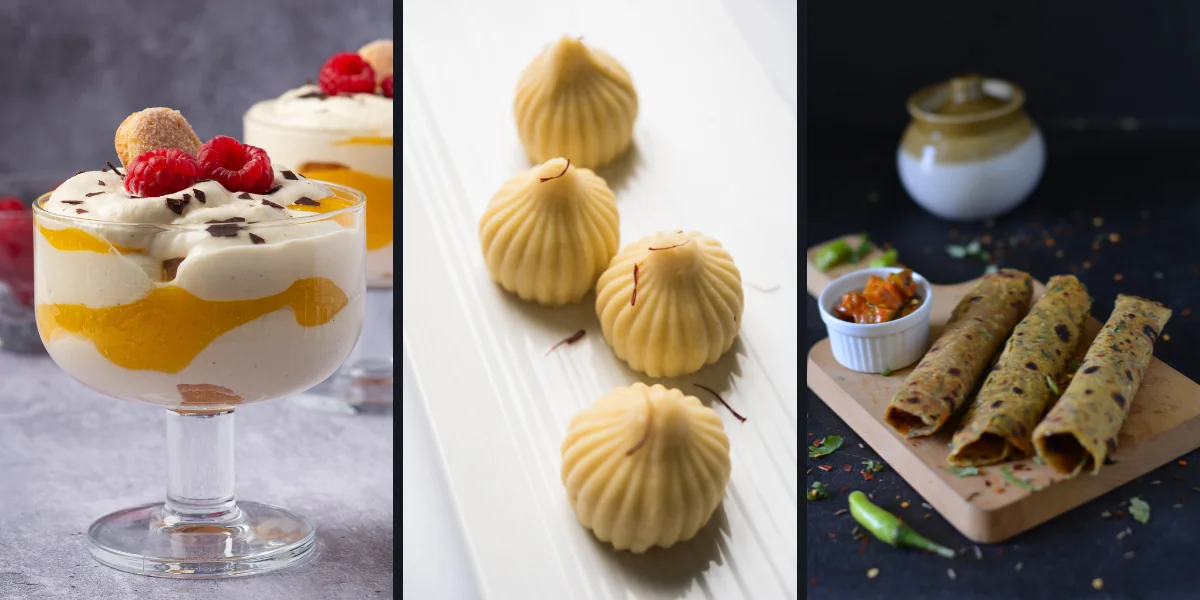
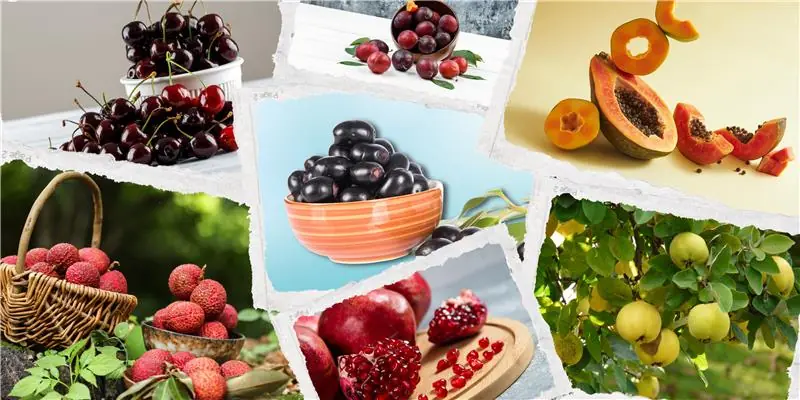

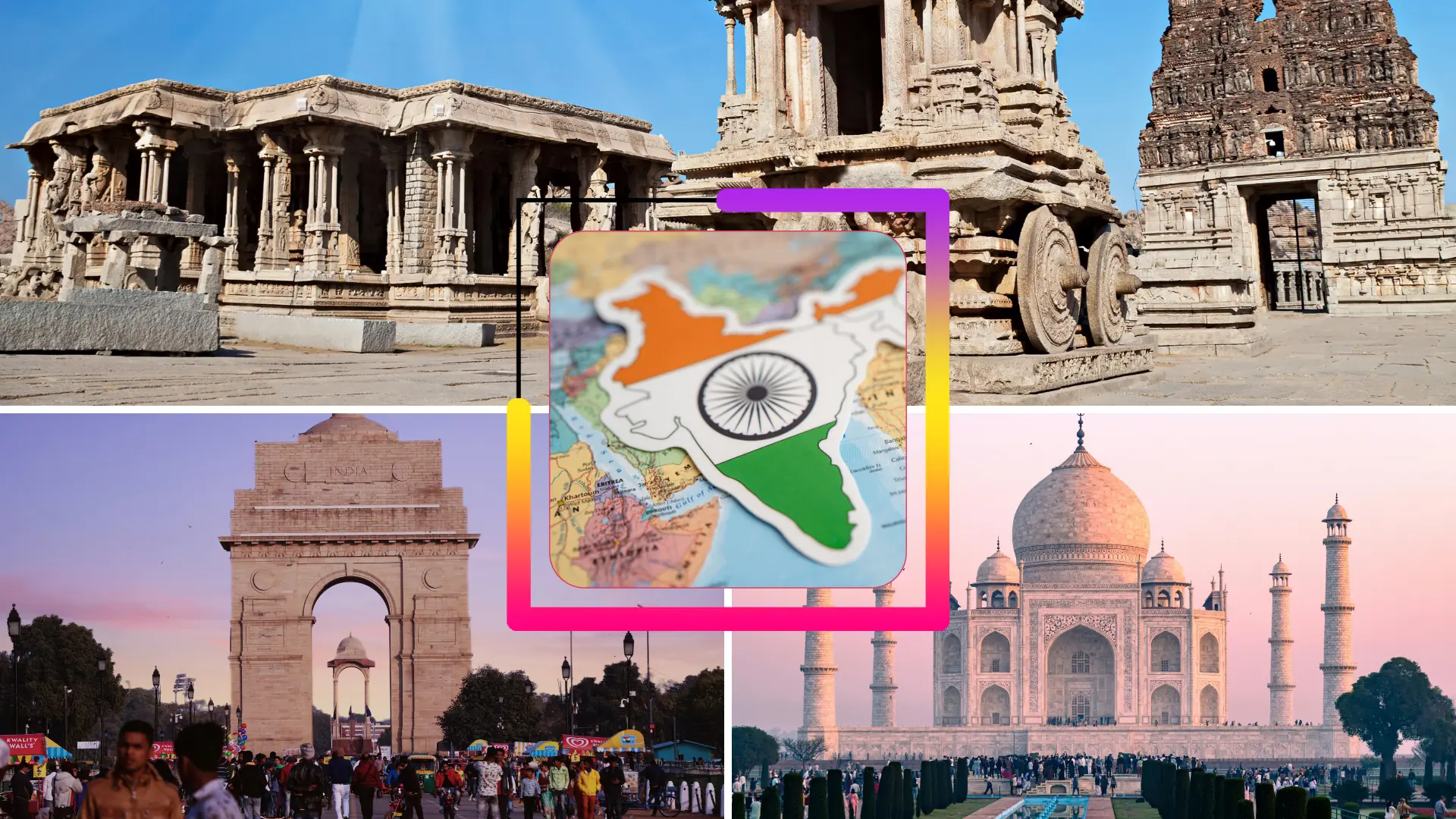
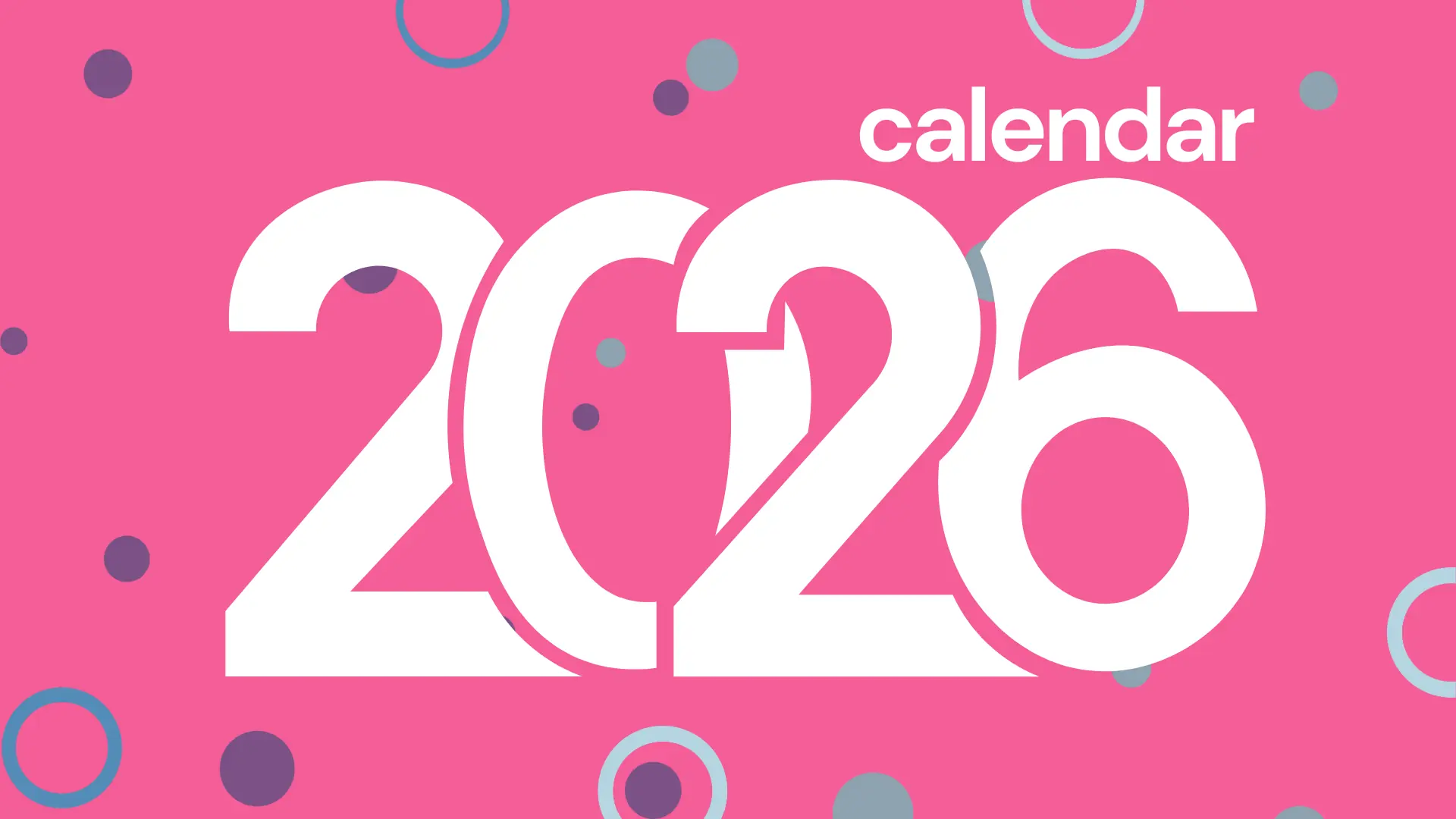






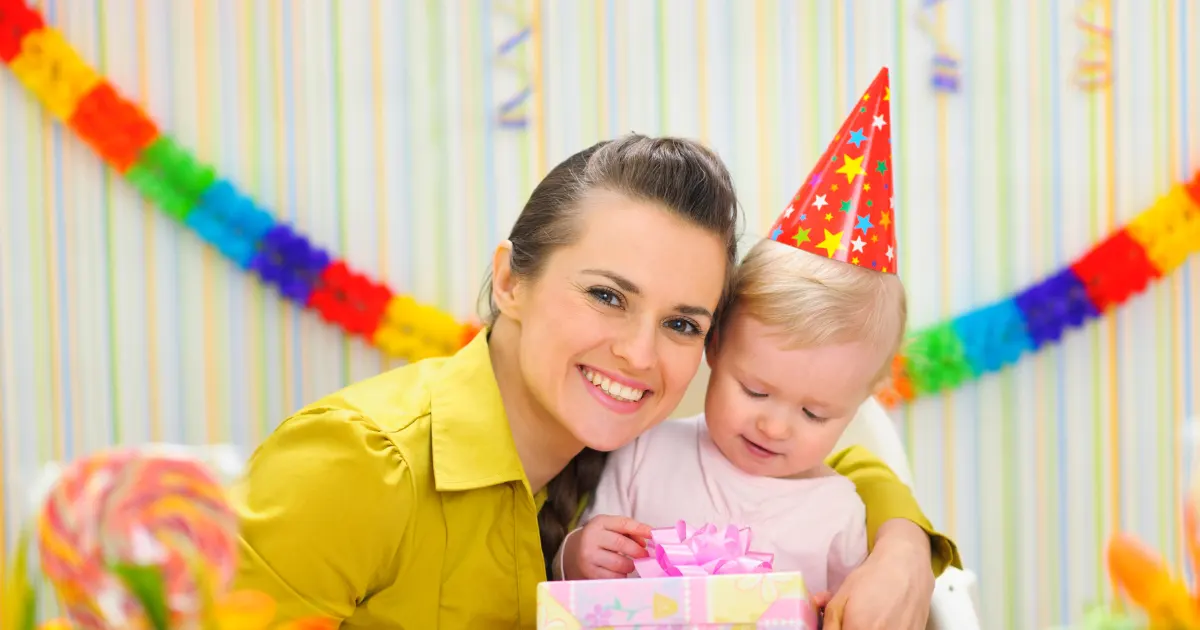

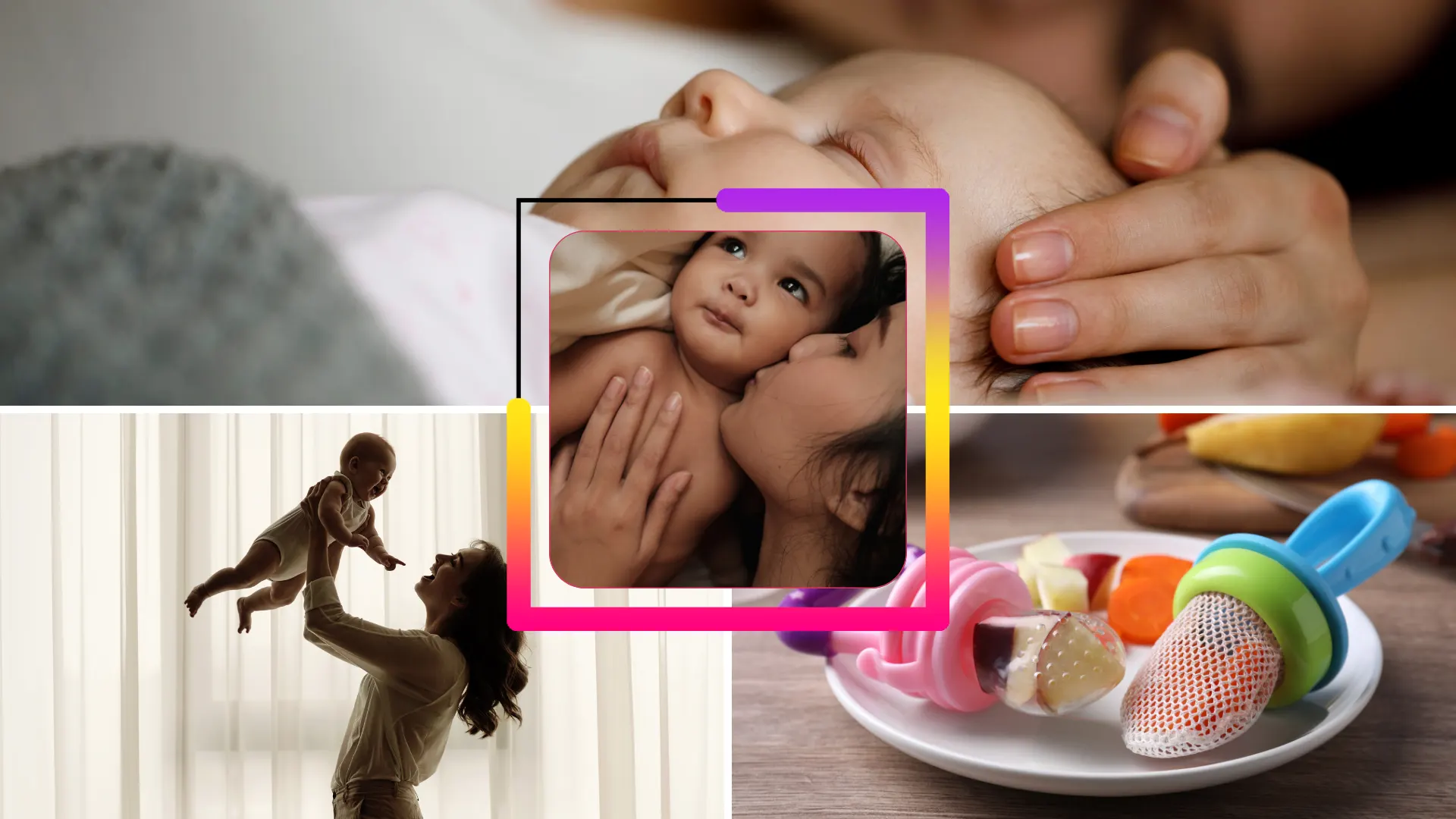
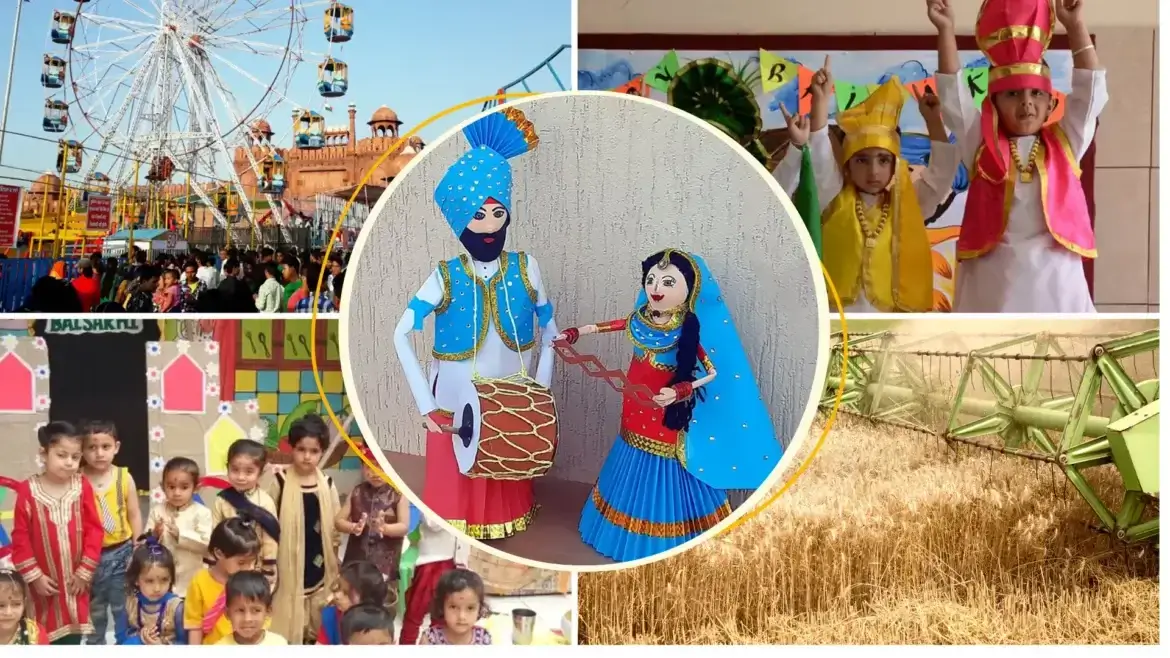
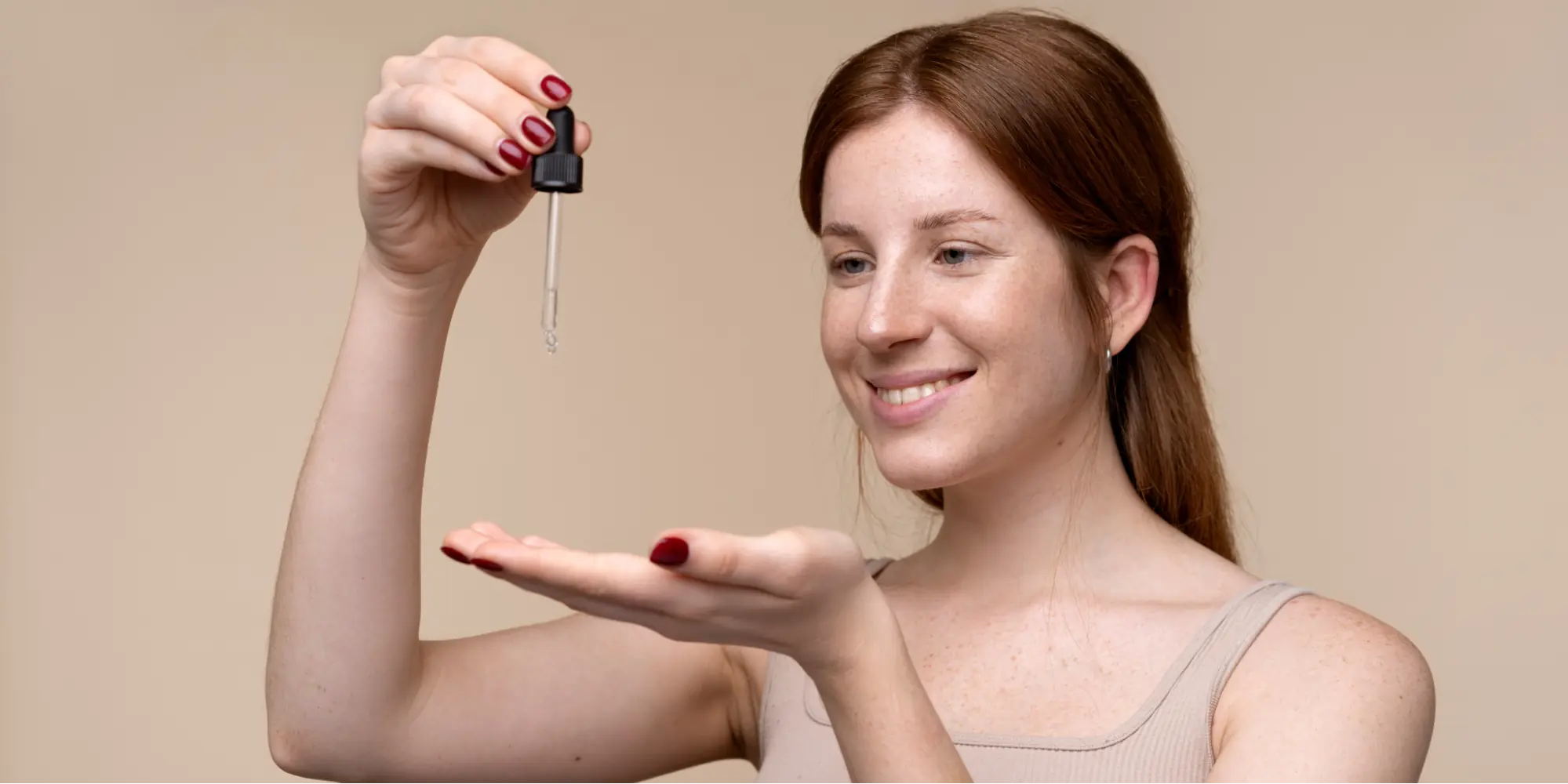

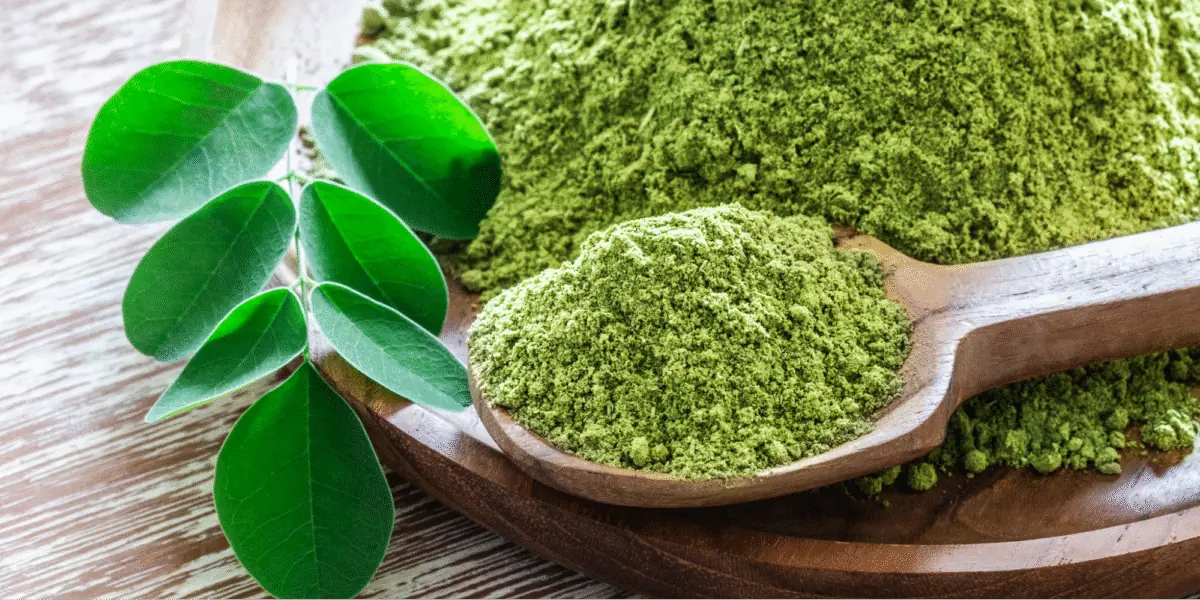

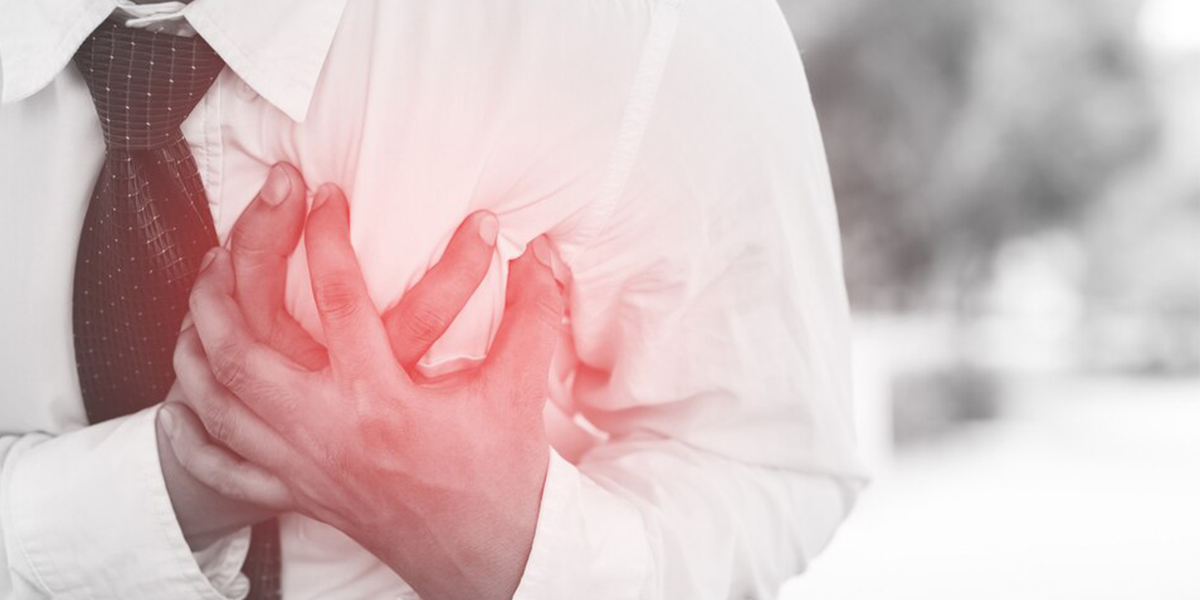
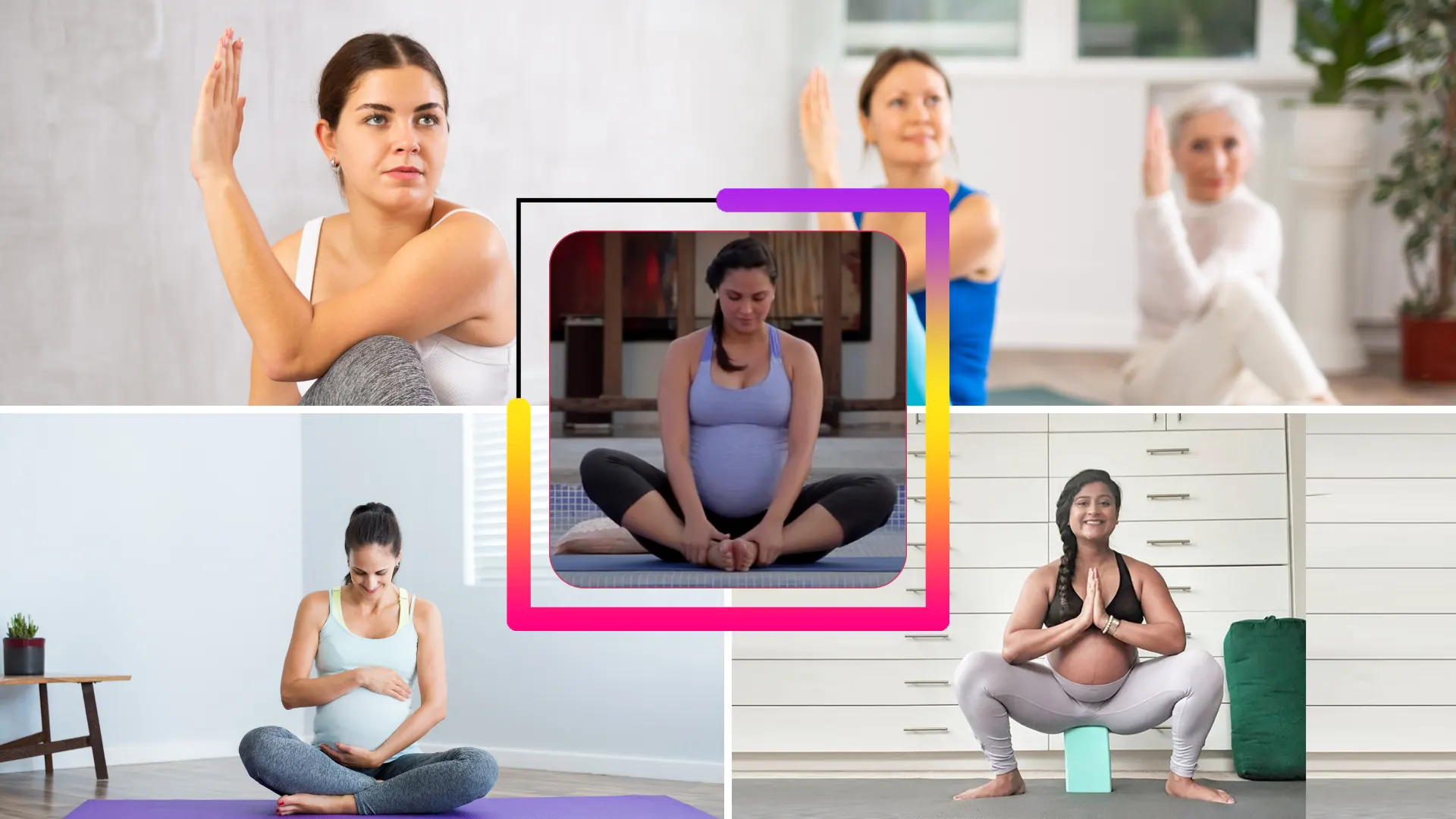


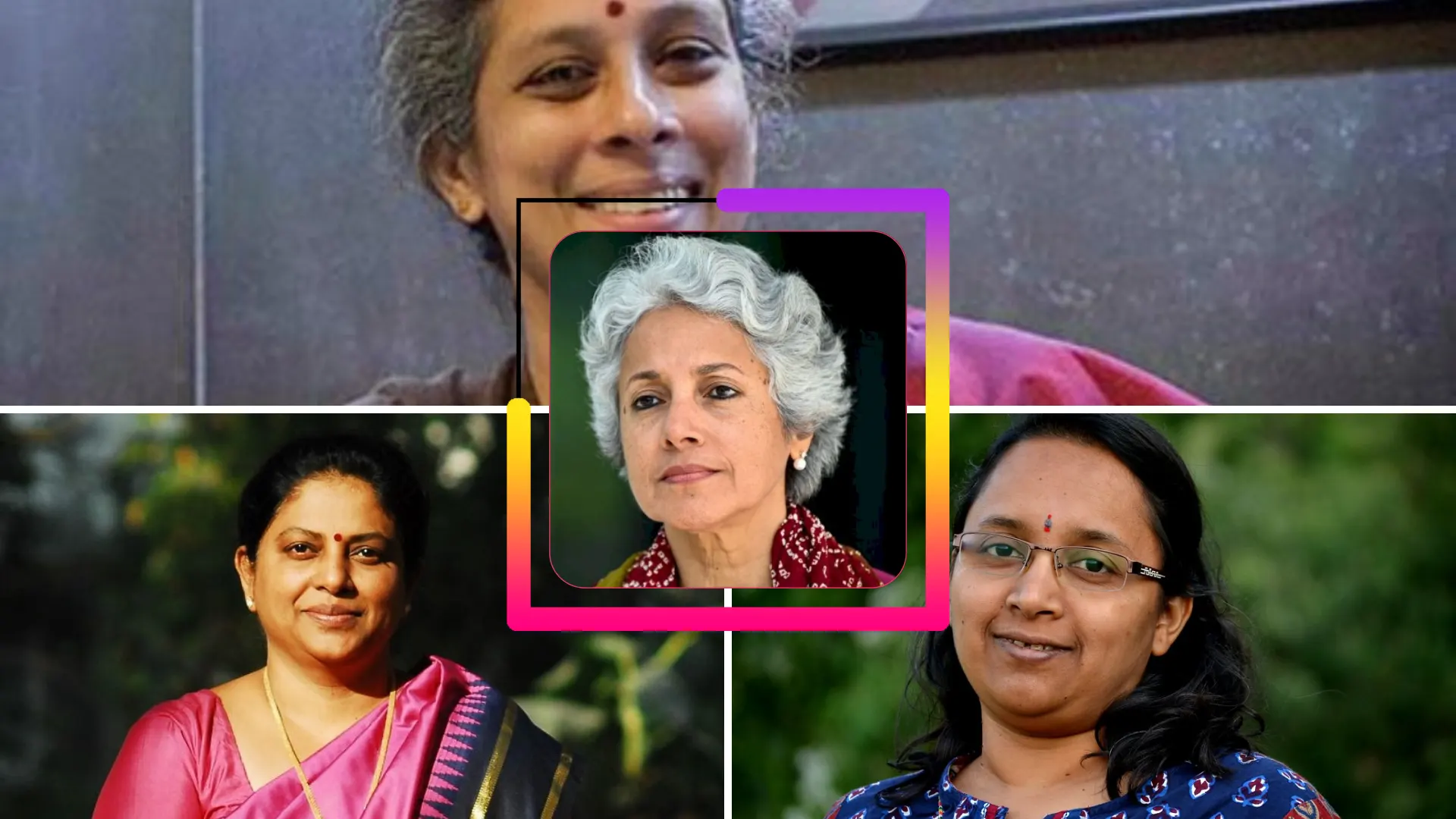
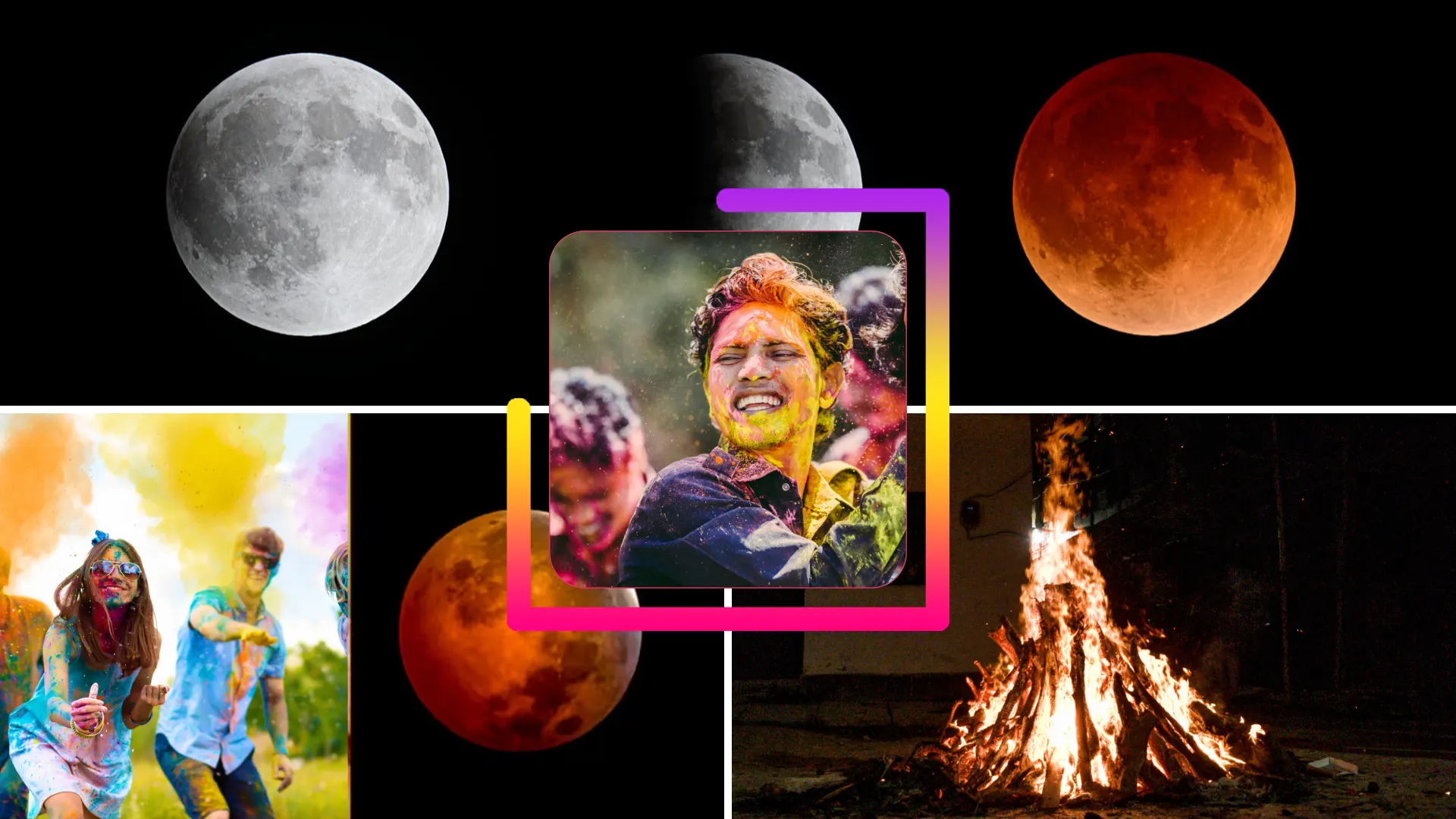
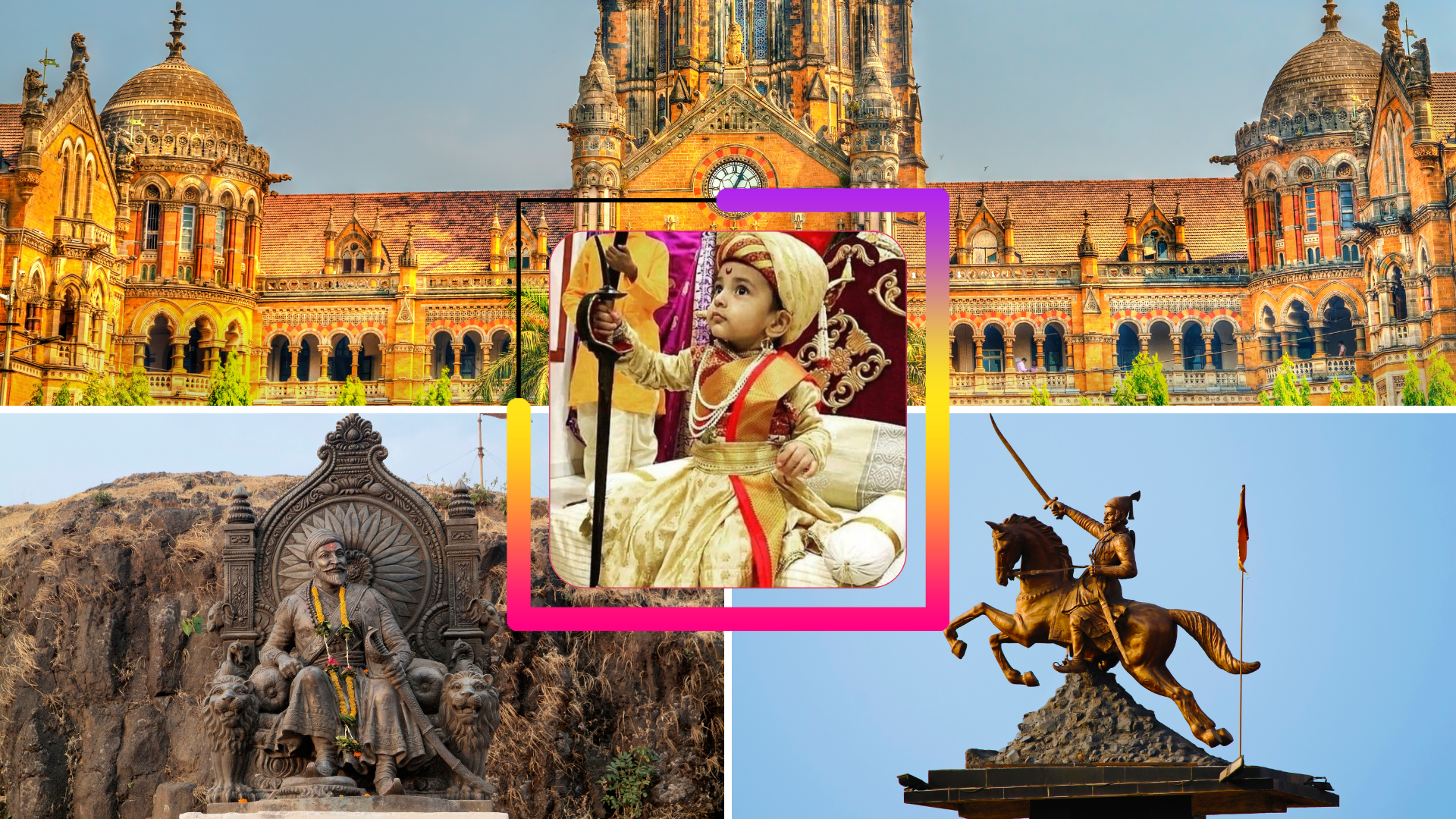


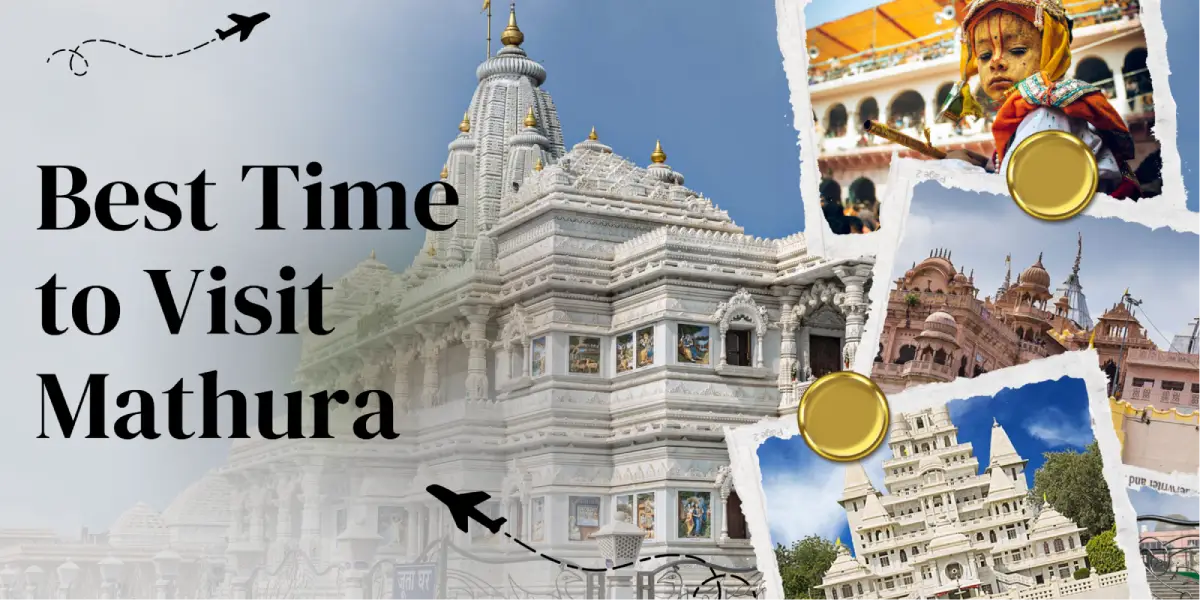
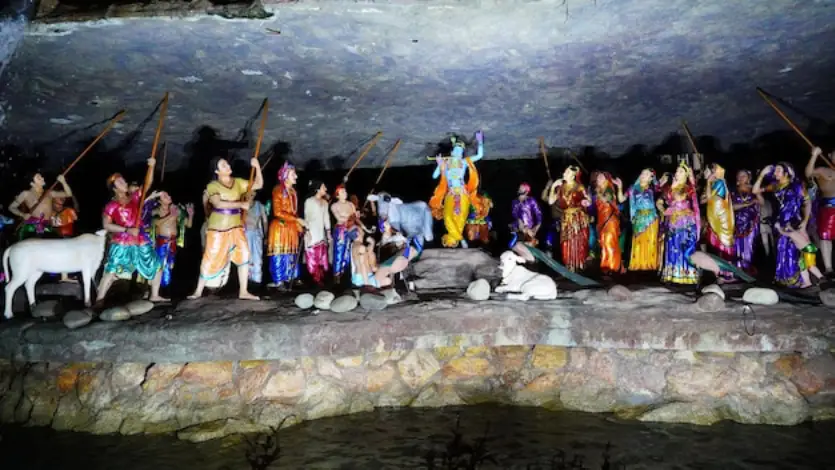
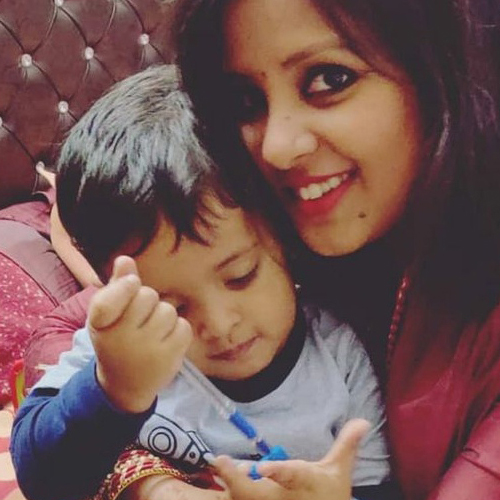
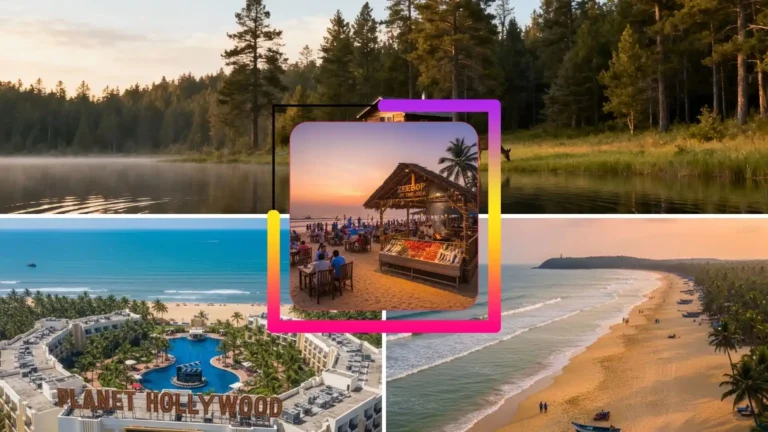
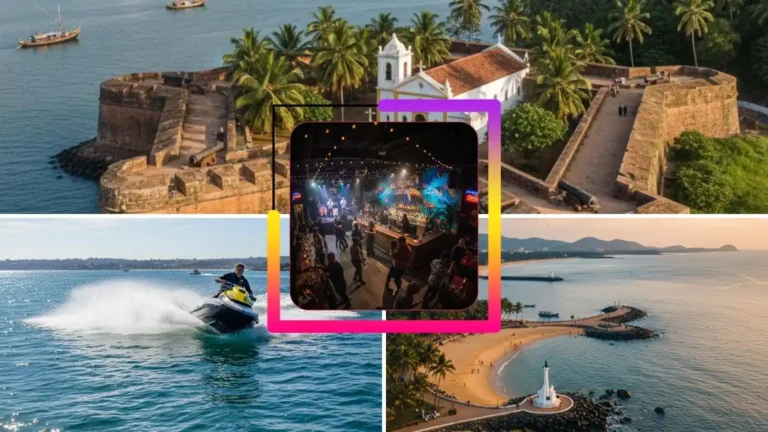
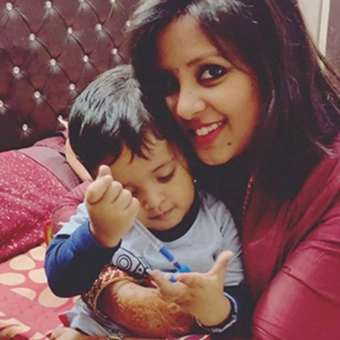



Leave a Comment